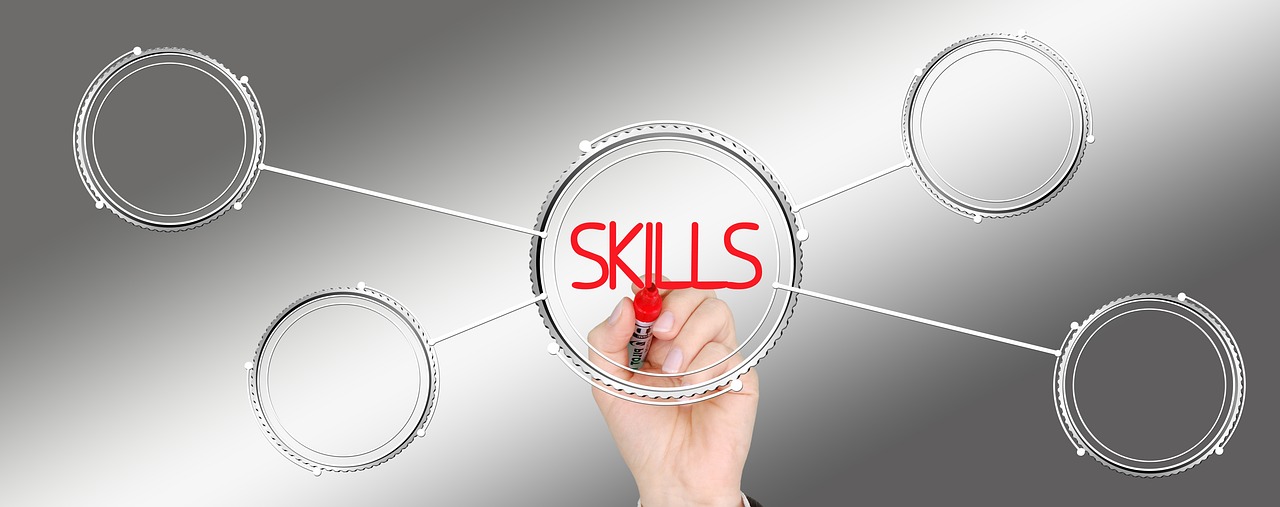The Invisible Battle: Understanding and Managing Eye Bags
In the realm of skin and hair care, every detail is significant, and every symptom tells a story. Among the ubiquitous concerns that people across the globe grapple with, eye bags stand out — those uninvited, swollen pouches that take residence under our eyes. They often serve as an unwelcome reminder of our lifestyle choices, ageing process, or genetic predispositions. This article aims to delve into the historical context, current relevance, and effective management strategies for this commonly experienced issue.
Eye Bags: A Historical Perspective
Eye bags are not a modern phenomenon. Ancient Egyptian papyri contain references to remedies for “puffy eyes,” and Roman medical texts suggest various concoctions to reduce under-eye swelling. Historically, eye bags were often attributed to excessive indulgence in food, drink, or sleep. In many cultures, they were also seen as a sign of wisdom and maturity, reflecting a life well lived.
However, with the advent of a more appearance-conscious society, the perception of eye bags has dramatically shifted. Today, they are seen more as a cosmetic concern than a badge of honor, and millions of dollars are spent globally on products and treatments aimed at reducing their appearance.
The Modern Context: Eye Bags in Today’s World
In the present day, the presence of eye bags is often linked to a host of factors, including aging, stress, lack of sleep, and even genetic predisposition. They are also a common symptom of various health conditions such as allergies, thyroid disease, and fluid retention. As such, eye bags have become a widespread concern, transcending age and gender boundaries.
Simultaneously, the beauty and wellness industry has seen a surge in products and treatments targeting this issue. From cooling eye masks and caffeine-infused eye creams to professional treatments such as injectable fillers and surgical procedures, the market is teeming with options.
Decoding the Impact and Reception of Eye Bags
Eye bags, for many, impact not just physical appearance but also self-esteem and confidence. Many individuals experience social anxiety or professional setbacks due to perceived inadequacies related to their appearance, including the presence of eye bags.
The reception to eye bags within society is mixed. While some view them as a natural part of aging and embrace them, others see them as a cosmetic flaw to be corrected. This dichotomy reflects the broader societal tension between accepting natural aging and striving for perpetual youthfulness.
Unique Insights: The Psychological Aspect
An often-overlooked aspect of dealing with eye bags is the psychological impact. Studies have shown that individuals with visible signs of aging, including eye bags, can experience lower self-esteem and higher levels of stress. This psychological impact can, in turn, exacerbate the physical symptoms, creating a vicious cycle.
It’s crucial, therefore, to approach the issue of eye bags from a holistic perspective, considering both physical and mental health. This might include seeking professional help, practicing self-care, maintaining a balanced diet and a regular sleep schedule, and using appropriate skin care products.
Balancing Depth and Accessibility: Managing Eye Bags
When it comes to managing eye bags, it’s essential to strike a balance between deep, targeted treatments and easily accessible home remedies. A multi-pronged approach can be most effective, combining lifestyle changes, home care, and professional treatments as needed.
Lifestyle changes might include reducing salt intake to minimize fluid retention, ensuring adequate hydration, and practicing stress management techniques such as yoga or mindfulness. Meanwhile, home care can encompass simple strategies like cold compresses, elevating the head during sleep, and using products with ingredients known to reduce puffiness, such as caffeine, green tea, or retinol.
Professional treatments range from non-invasive options such as laser therapy and fillers to more invasive surgical procedures. The choice of treatment should be guided by the individual’s personal needs, preferences, and consultation with a dermatologist or skincare professional.
In conclusion, eye bags are a multifaceted issue with historical roots and modern implications. By understanding their causes and impact, we can better navigate the options available for their management and mitigate their effect on our appearance and self-esteem.




